one of the great sights of the north of western australia (the biggest state of our beautiful country, as the locals never tire to stress) are the horizontal falls.
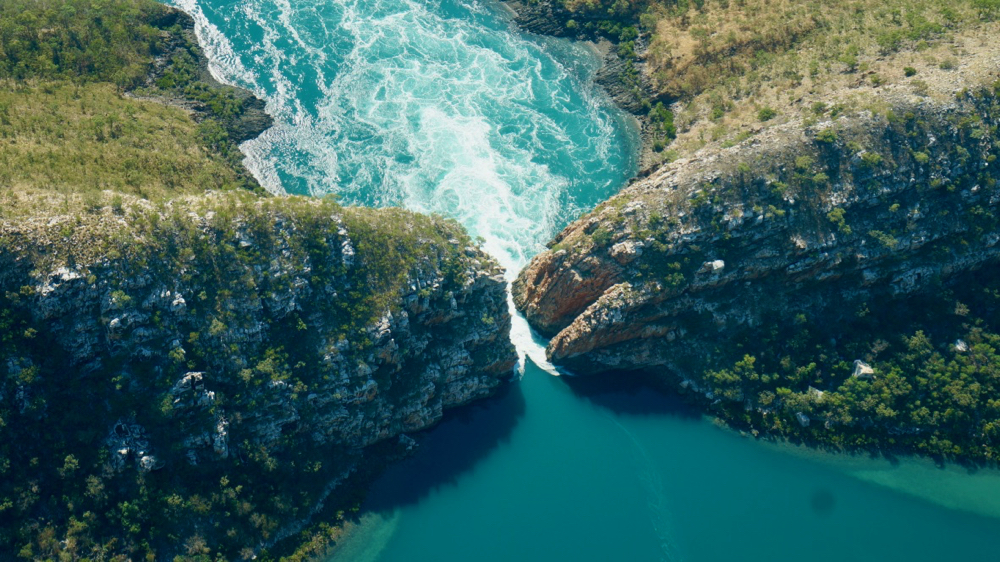
keep in mind that the north of w.a. has one of the highest tides in the country, more than 10 meters on a spring tide, when the sun and the moon ‘pull’ the ocean water in the same direction. in some cases the horizontal difference between low and high tide can be as much as 20 km … that’s a long way to run if the tide catches you out there.
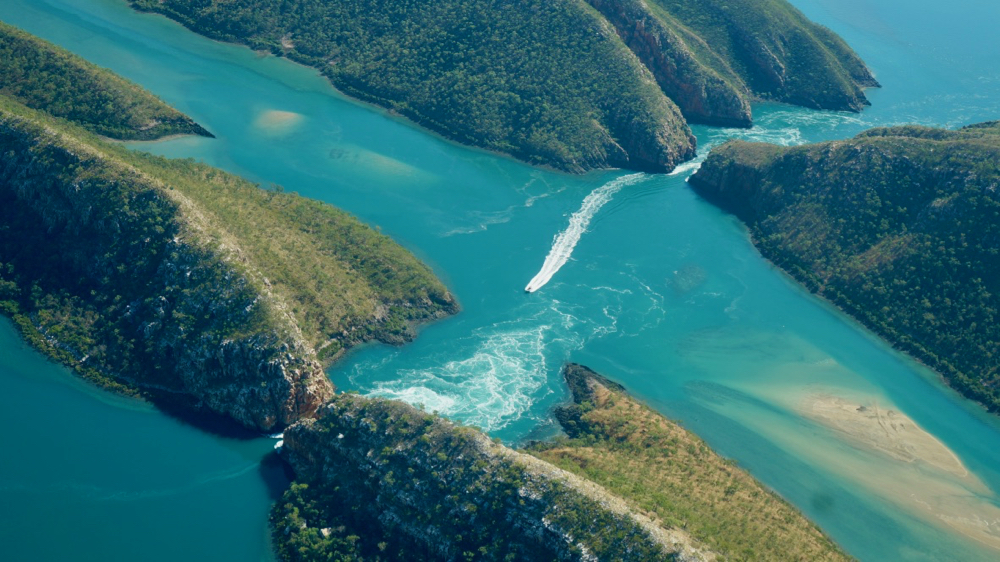
the horizontal falls are a break in the mclarthy ranges, just a tiny 25 meter gap. and twice every day the tide forces the sea water into tidal reservoirs behind the ranges, and twice it falls back towards the ocean.
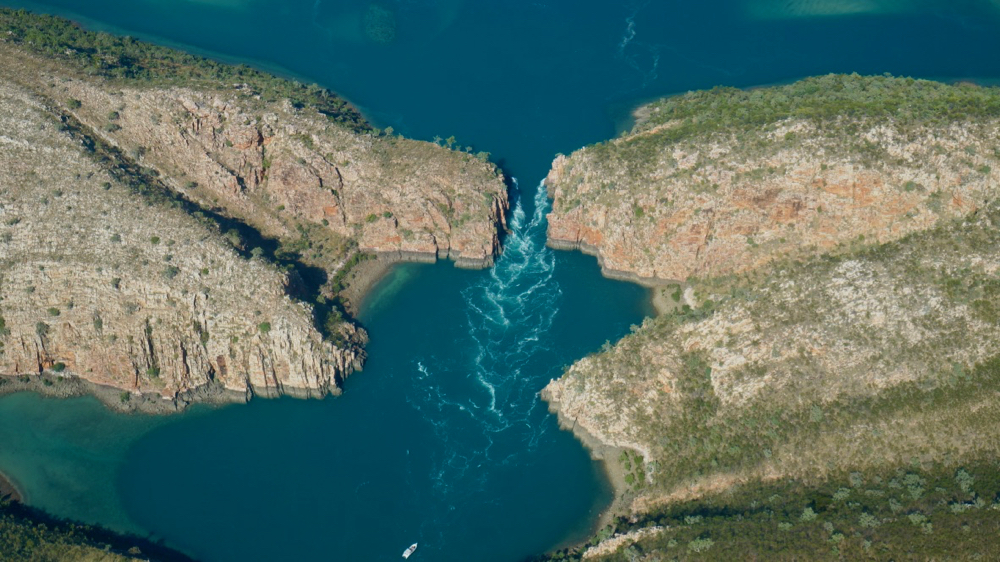
no wonder there is an air traffic controller solely for the horizontal falls airspace; it does get quite busy around here. there are six hydroplanes circling the falls before landing and at least four land based aircraft just taking a look from above.
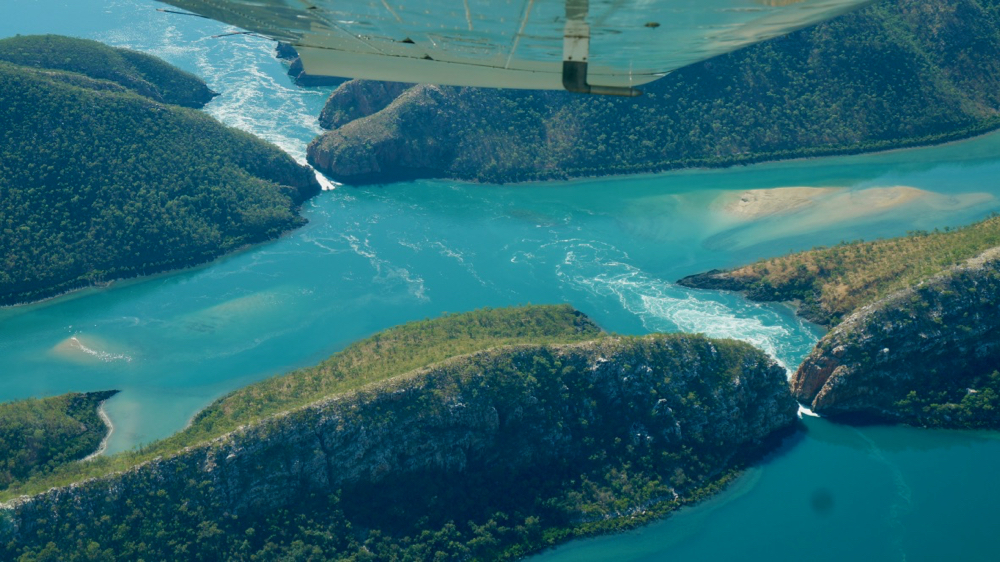
each ‘look’ consists of two clockwise and two counter-clockwise circles so passengers on both side of the plane can fill up the memory in their cameras.
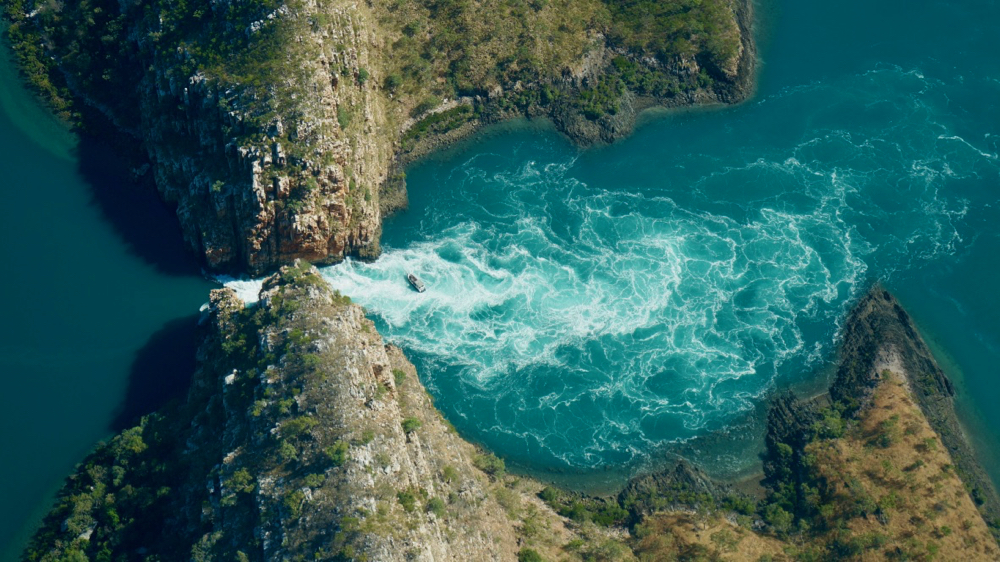
there are packages for everyone: just fly and look down, fly and take a boat ride through the gap or fly, boat ride and a night on a houseboat near the falls.
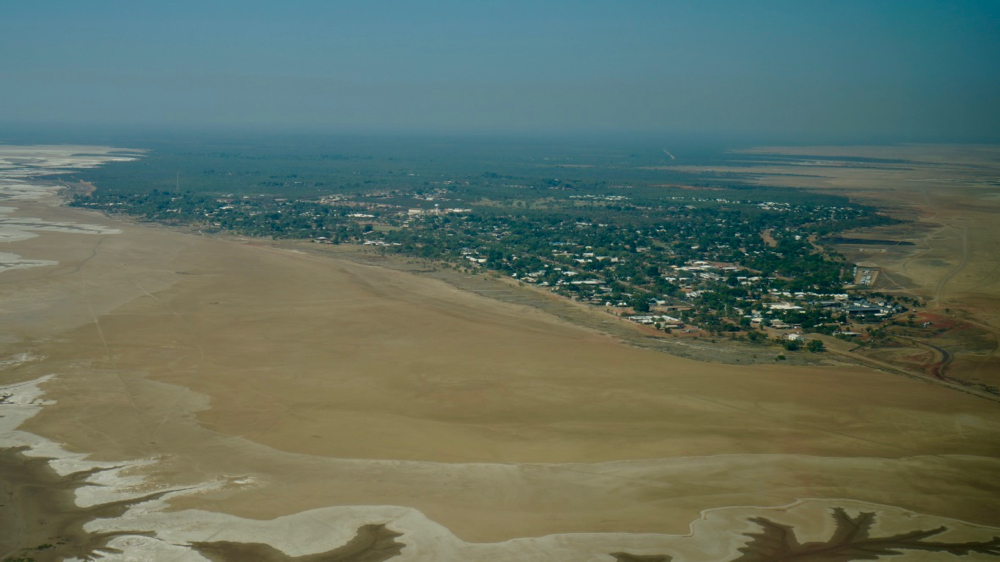
the flight we booked took us across king sound to the north. it is interesting to see just how exposed derby is: at a high tide the town is right on the water while at low tide you could hike or drive across the mud flats. the land mass in the west of king sound is actually the dampier peninsula, where we spent a few nights.
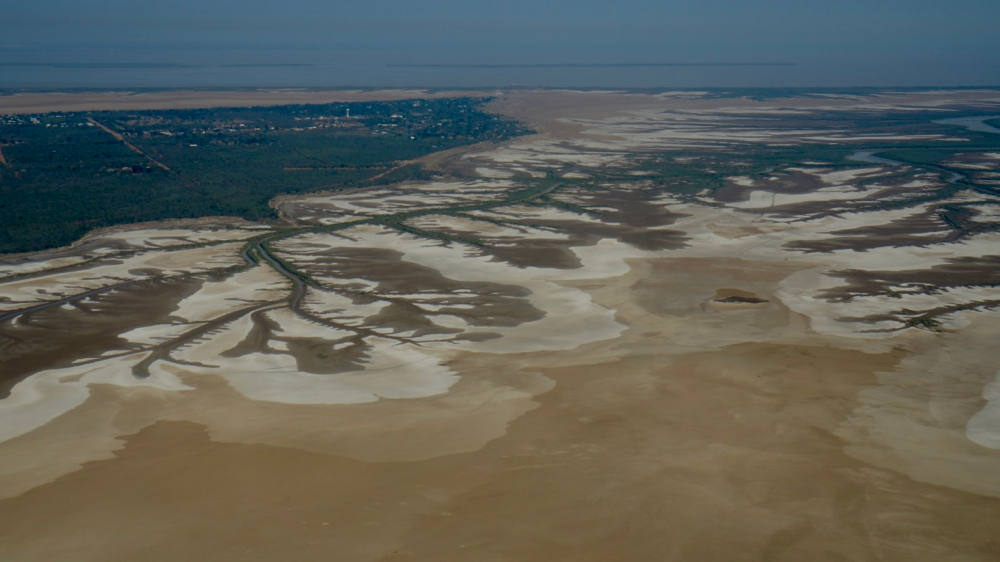
the water is muddy and brown around derby, not the kind one would like to swim in, certainly not with massive salties potentially lurking in the water.
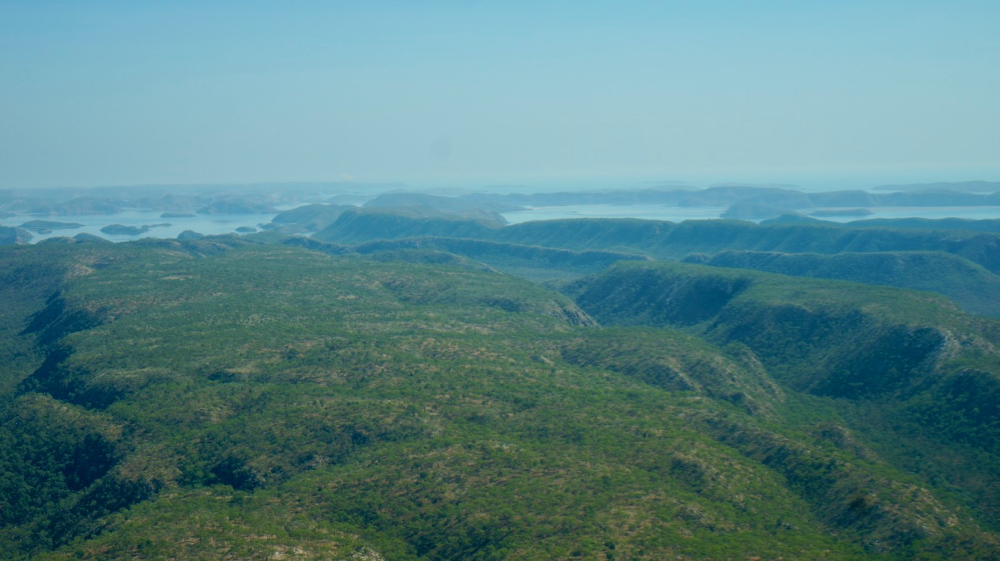
the north of king sound used to be a cattle station but is now apparently an army training area. must be fun being here in the wet.
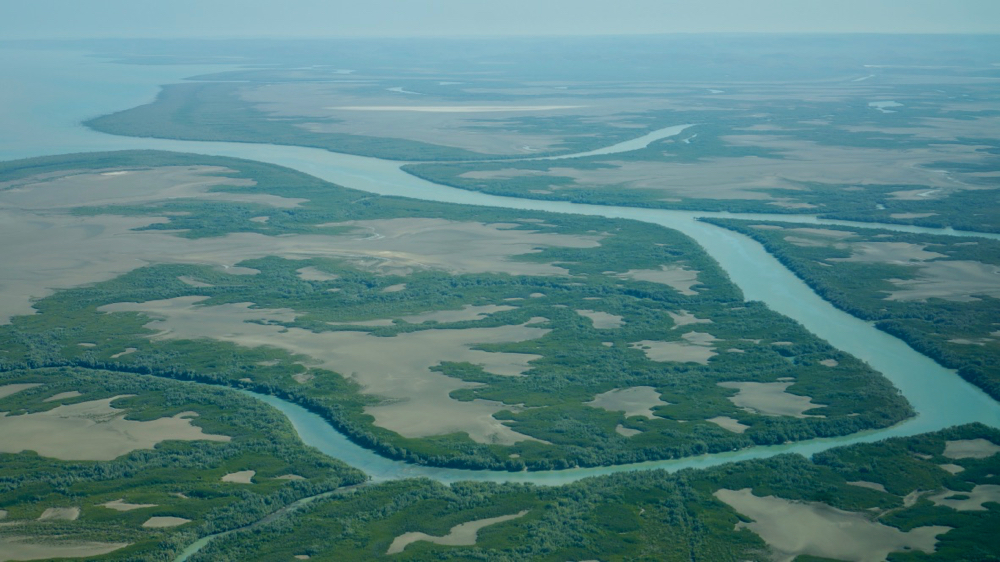
on the way back the plane took us across the buccaneer archipelago, named after the buccaneer william dampier, who charted the area in 1688.
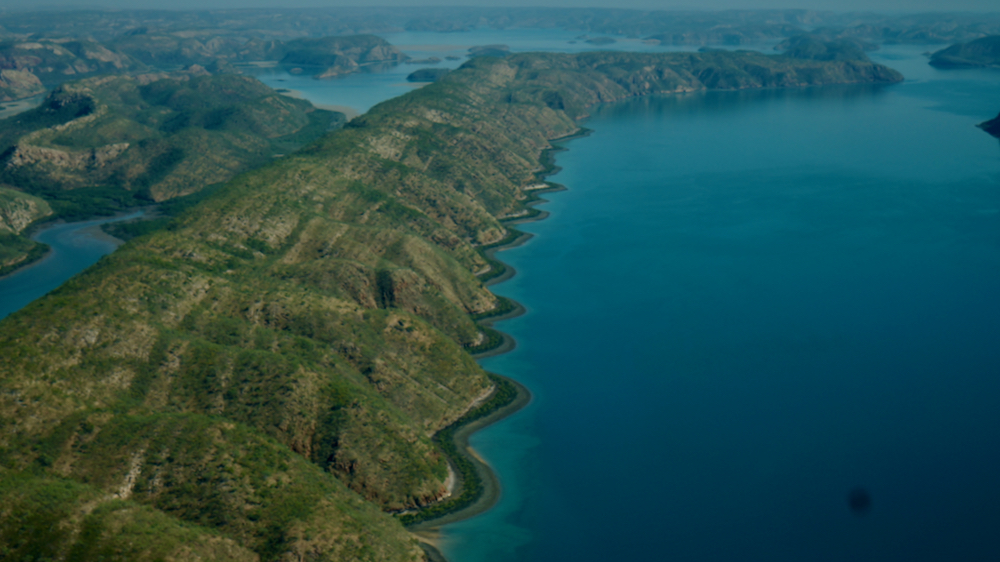
we had a bit of haze hanging around the area from the back burning – it’s the ‘cool’ season, it’s hardly thirty degrees all day.
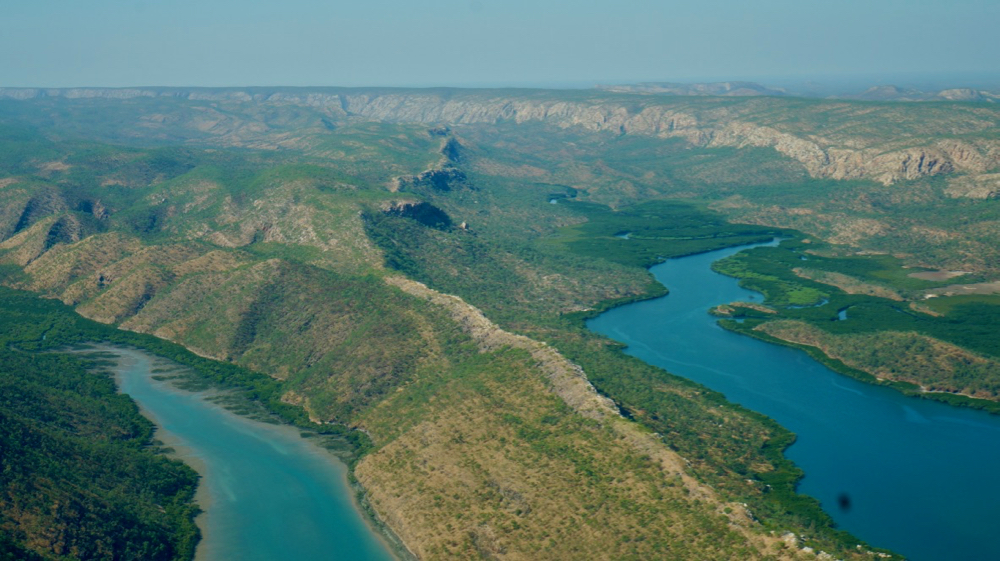
nobody seems to know for sure how many islands the archipelago consists of, but our pilot thought the number was somewhere between 900 and 1000.
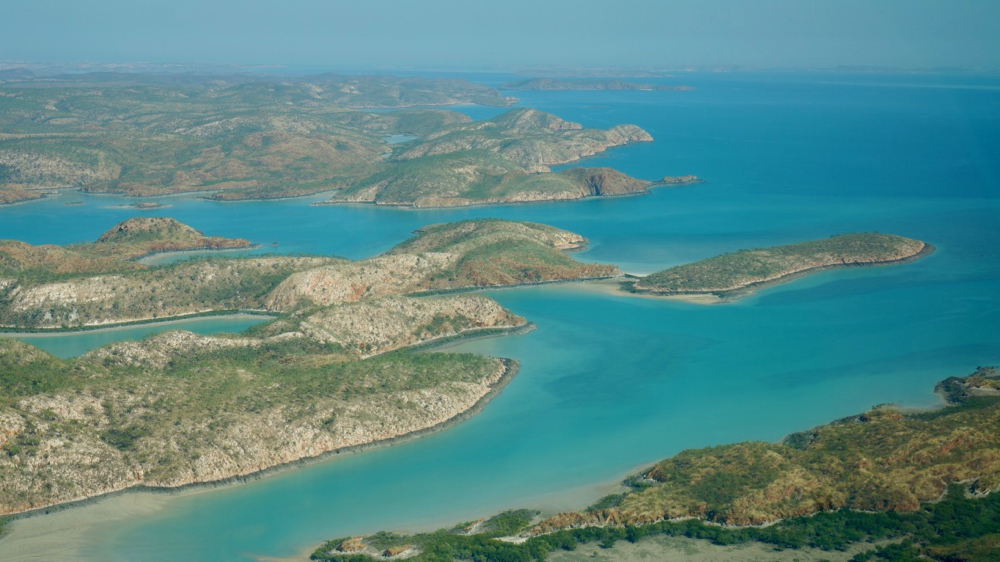
most of them look like the place one normally dreams about spending a holiday on. no wonder most people here own a boat (or have a mate who does).
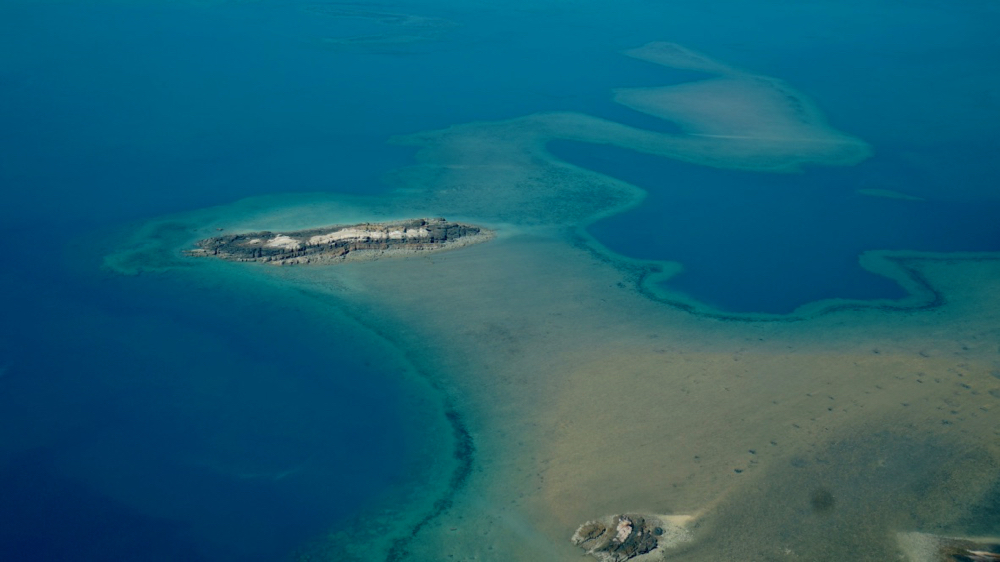
the islands are 2 billion year old sandstone that was lifted from the seabed more recently.
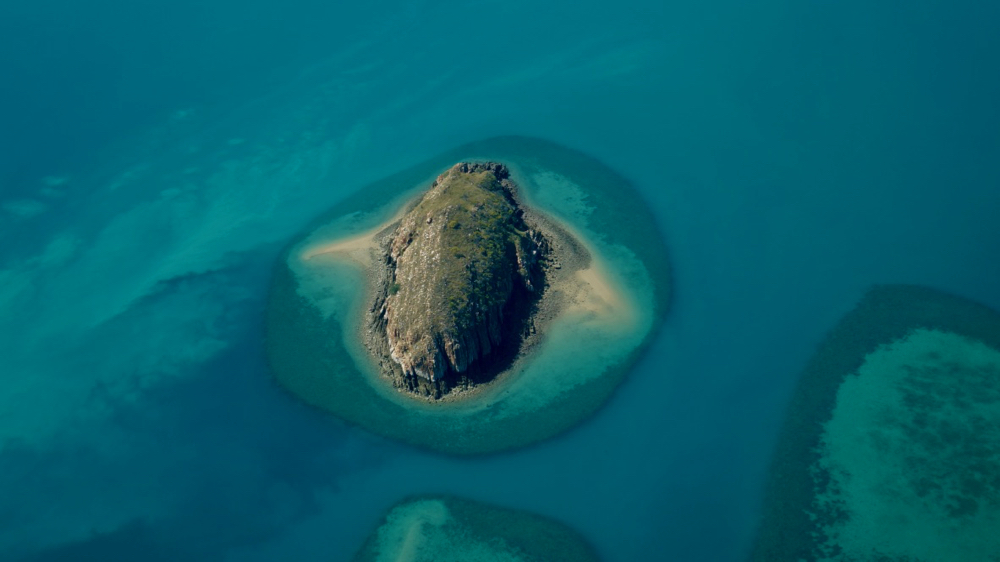
as a result they have ridges sticking out like backbones.
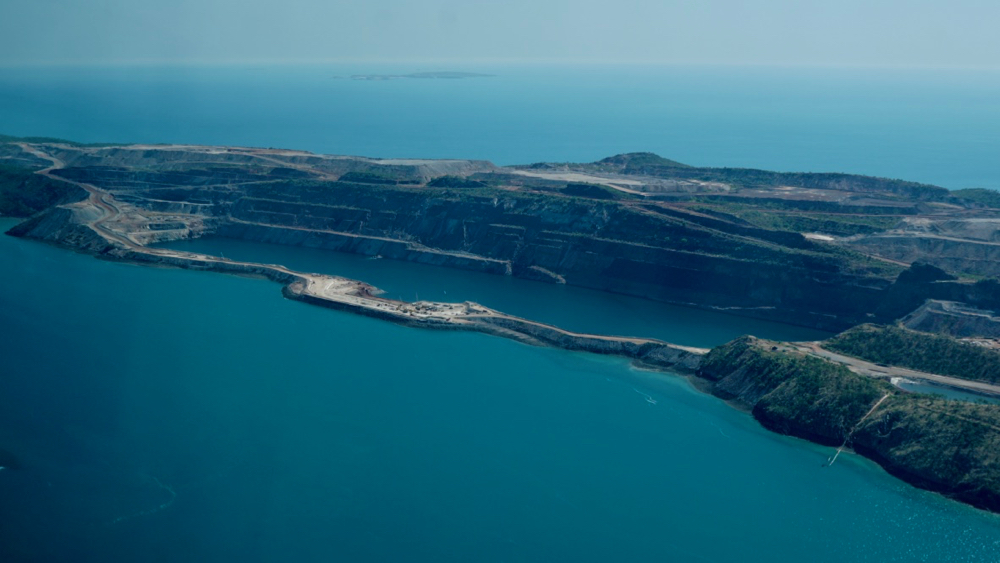
but this is australia and so there has to be a mine somewhere. can’t let all that nature get in the way of business, can we? jobs and growth, whatever the cost.
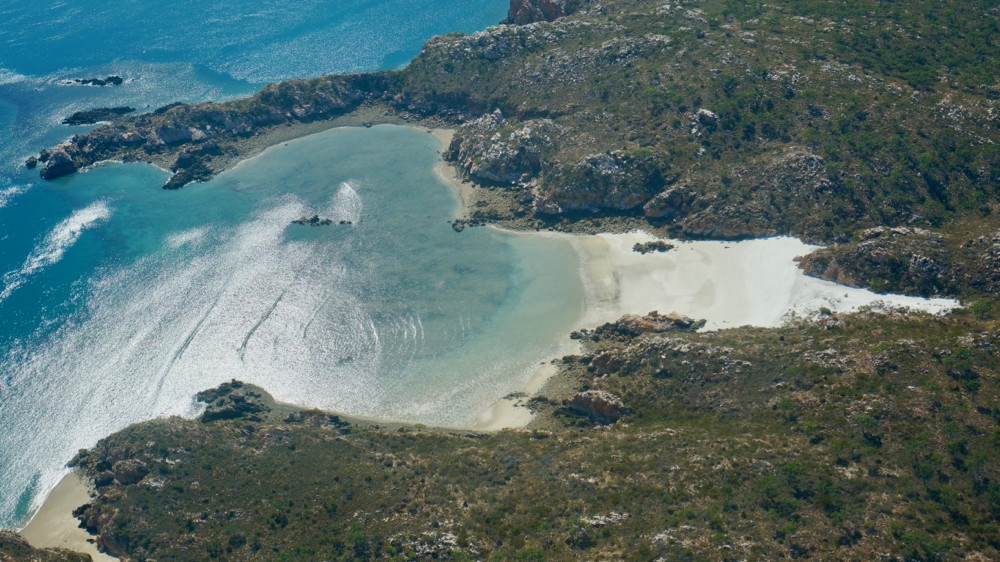
there are also some other businesses here: a pearl farm (apparently mothballed since the global financial crisis) and a barramundi farm (which gets the crocs all excited).
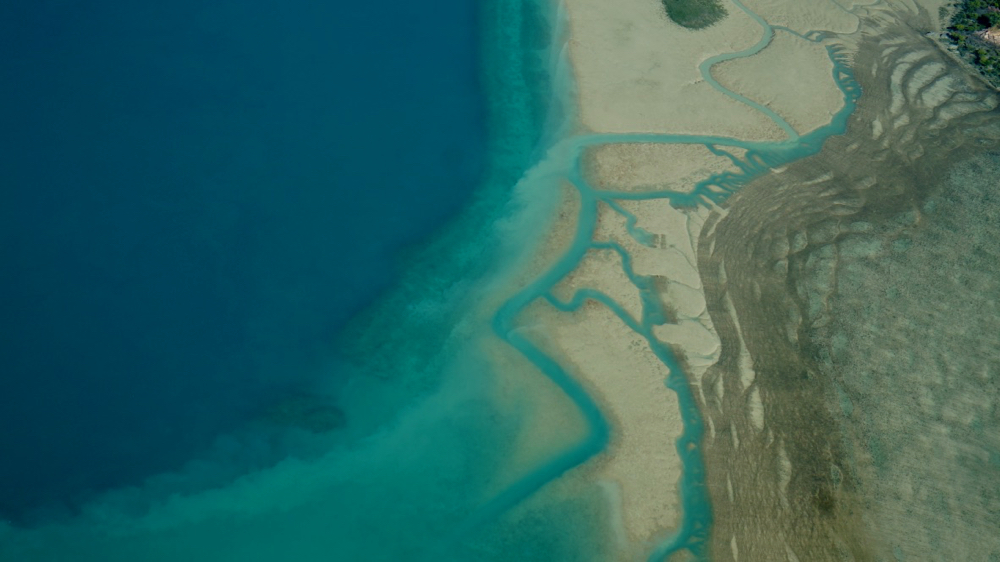
later in the year the whales like to rest here and get their young ready for the long journey down to antarctica.
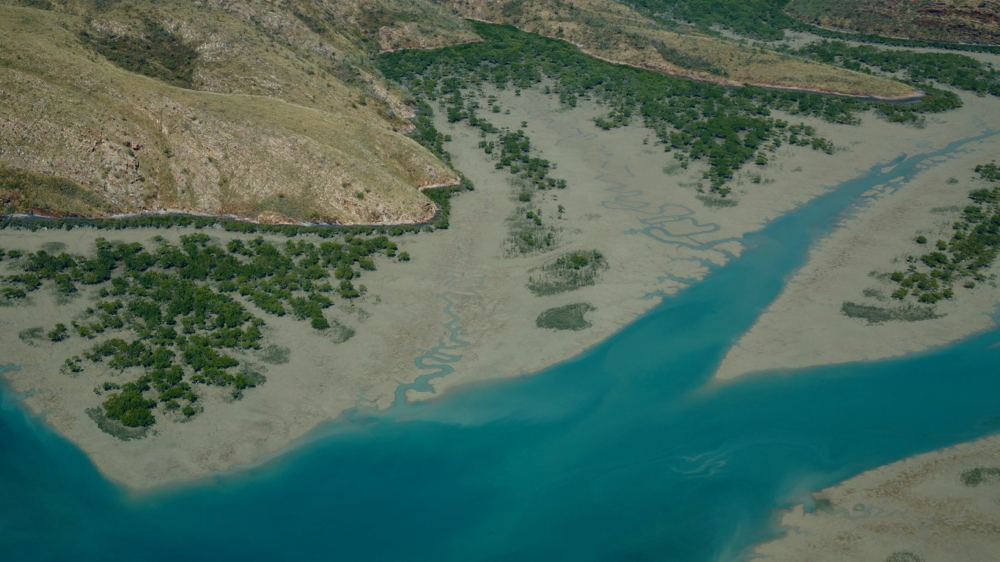
i mentioned above that there are a few options to see the area from either broome or derby – none are cheap.
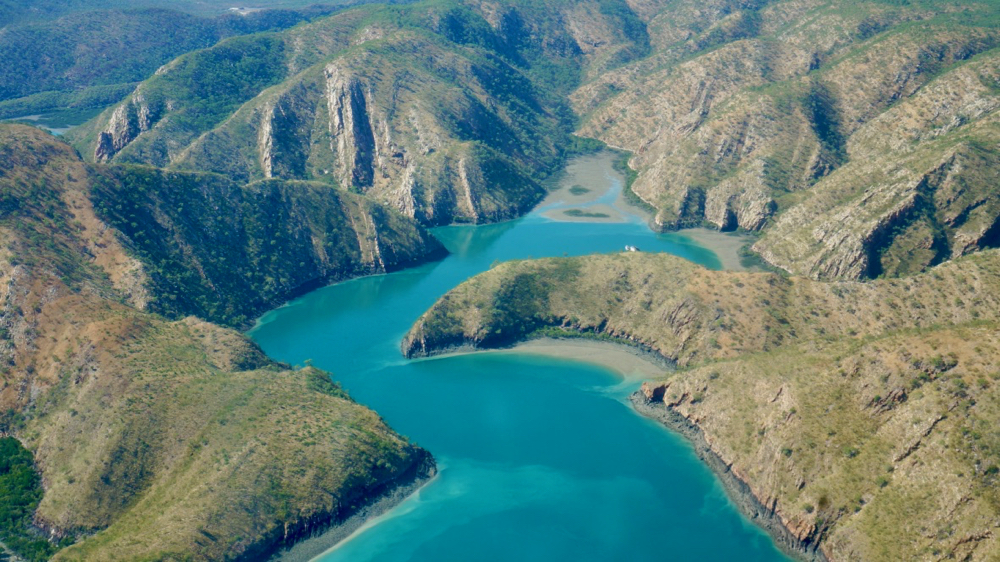
it’s still an amazing experience and well worth the cost.
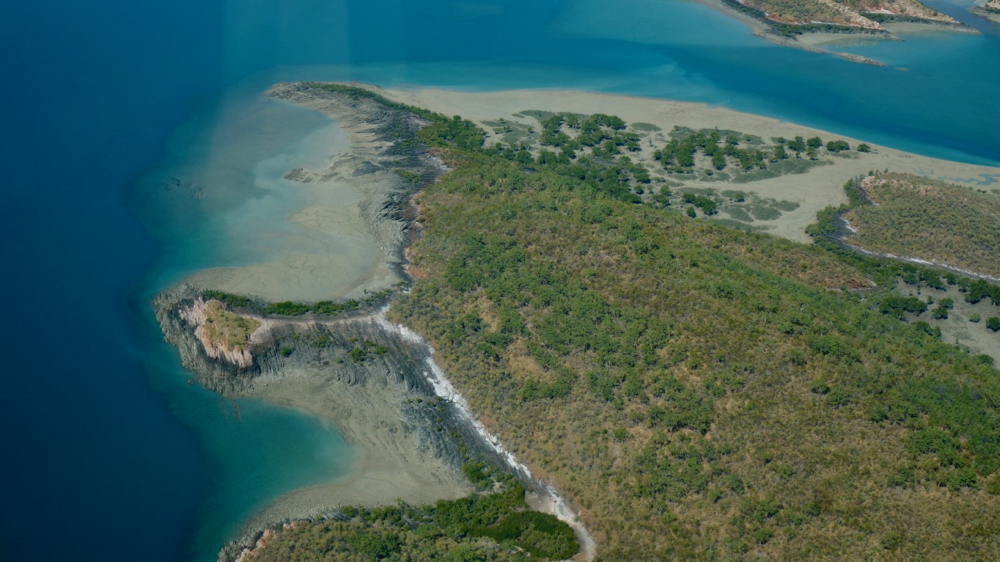
wouldn’t you agree?
